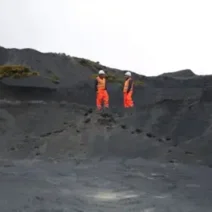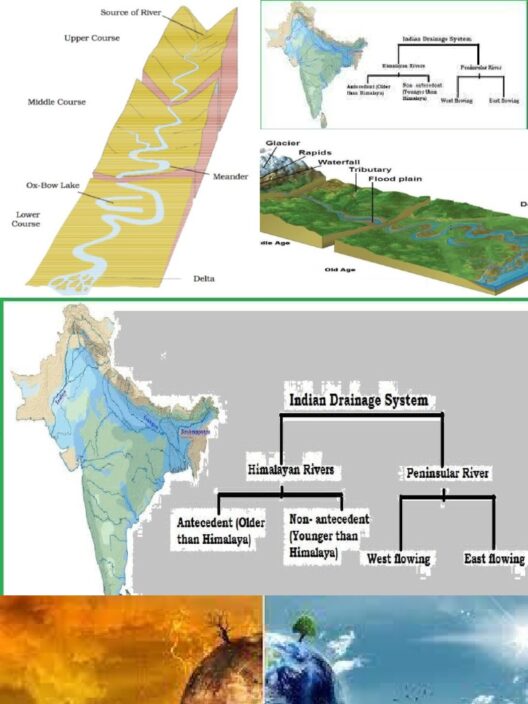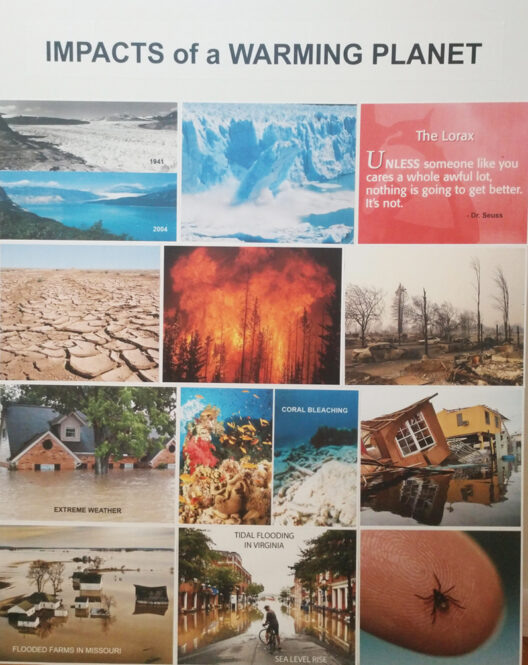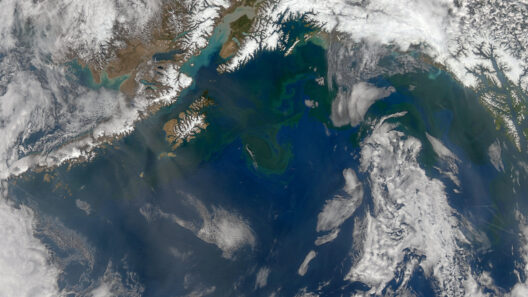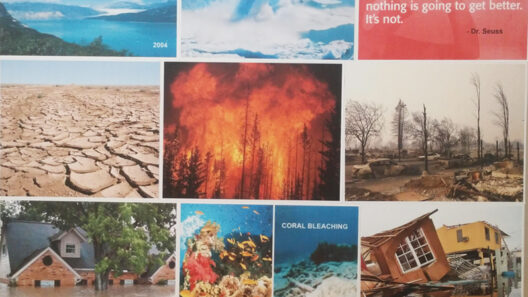Greenhouse gases have been vilified as the primary drivers of climate change, casting a long shadow over global warming discourse. Their role as atmospheric agents has incited a wide range of reactions, from scientific deliberation to public outrage. Yet, as society grapples with the escalating crisis of climate change, it becomes crucial to examine whether greenhouse gases are indeed the unequivocal villains in this complex narrative, or if other actors play significant roles that merit scrutiny.
The predominant greenhouse gases—carbon dioxide (CO2), methane (CH4), and nitrous oxide (N2O)—have garnered attention for their heat-trapping abilities. Their increased concentrations have coincided with industrialization, largely stemming from anthropogenic activities such as fossil fuel combustion, deforestation, and intensive agriculture. The direct correlation between greenhouse gas emissions and rising global temperatures has solidified their reputation as the arch-nemeses of environmental sustainability.
However, a surface-level evaluation fails to acknowledge a multifaceted milieu. While it is indisputable that greenhouse gases significantly contribute to global warming, attributing the entirety of our climatic woes solely to them can lead to oversimplified narratives. It impedes a full understanding of the complex interdependencies within Earth’s systems. There are three principal factors that invite deeper exploration: feedback mechanisms, the role of natural climate variability, and socio-economic dimensions.
Firstly, the feedback mechanisms intrinsic to the climate system pose formidable challenges when assessing the role of greenhouse gases. For instance, as global temperatures rise and ice caps melt, the Earth’s albedo, or reflectivity, diminishes. This reduction in reflective surfaces subsequently causes the planet to absorb more solar radiation, further amplifying warming. Similarly, thawing permafrost releases additional methane, creating a feedback loop that further exacerbates the situation. Understanding these cascading effects is essential for developing models and strategies that effectively combat climate change.
Moreover, natural climate variability has played a historical role in influencing global temperatures. Cycles such as El Niño and La Niña, along with solar radiation fluctuations, also contribute to short-term climate patterns. These variations can introduce misleading data points in climate graphs, potentially distorting the perceived influence of greenhouse gases. Such natural phenomena underscore the complexity of attributing climate trends to specific emissions. Recognizing these factors is vital in developing comprehensive climate models that incorporate both human-induced and natural variabilities.
In tandem with the scientific intricacies, socio-economic dimensions complicate the discourse surrounding greenhouse gases. The reliance on fossil fuels remains deeply entrenched in various economies worldwide. Transitioning away from these energy sources requires not just technological advancements but also profound shifts in policy, consumer behavior, and cultural attitudes. The political landscape is rife with resistance, often driven by vested interests reluctant to adopt sustainable practices. Moreover, the global disparity in emissions and their consequences creates a moral labyrinth, contrasting nations that have historically contributed to greenhouse gas accumulation with those facing the consequences of climate change without having significantly contributed to the problem.
Furthermore, it is essential to acknowledge the role of alternative gases and pollutants in the climate equation. Black carbon and hydrofluorocarbons (HFCs), while not classified as traditional greenhouse gases, also exert a considerable warming influence. Their contributions are substantial, albeit frequently overshadowed by the dominant narrative encapsulating CO2. Addressing these adjunct pollutants could yield significant benefits in mitigating warming in the short term, reinforcing the notion that a more nuanced understanding of climate forces is requisite when addressing global warming.
Education and awareness are paramount in reshaping public perception regarding greenhouse gases. Acknowledging their critical role does not warrant a scapegoating mentality but rather an informed approach that emphasizes a holistic understanding of climate dynamics. The dialogue must transition from placing blame to fostering cooperative efforts aimed at systemic change. This includes adaptation strategies that not only address emissions but also prepare communities to respond to the mounting repercussions of climate change.
Technological innovation is another aspect that influences our fight against climate change. Recent developments in carbon capture and storage technologies, renewable energy, and sustainable agricultural practices hold promise for mitigating the consequences of greenhouse gas emissions. Investment in research and development could significantly alter the trajectory of emissions reductions and environmental sustainability, allowing society to tackle the issue from multiple fronts.
Ultimately, while greenhouse gases continue to occupy a central role in the climate change narrative, they should not be viewed in isolation. Transitioning perspectives to encompass the intricate web of climate influences, including feedback loops, natural variations, socio-economic factors, and alternative pollutants, is key to crafting effective mitigation strategies. By doing so, a more comprehensive, impactful, and sustainable approach towards addressing global warming can be established.
In conclusion, the complexities surrounding greenhouse gases in the context of global warming must be fully recognized and addressed. Viewing them as mere villains obscures the vast, interconnected array of factors influencing our climate, thereby hindering our capacity for meaningful action. As stewards of the Earth, it is incumbent upon us to harness collective knowledge, innovate, and strive towards an equitable future, where climate resilience becomes a shared goal.

